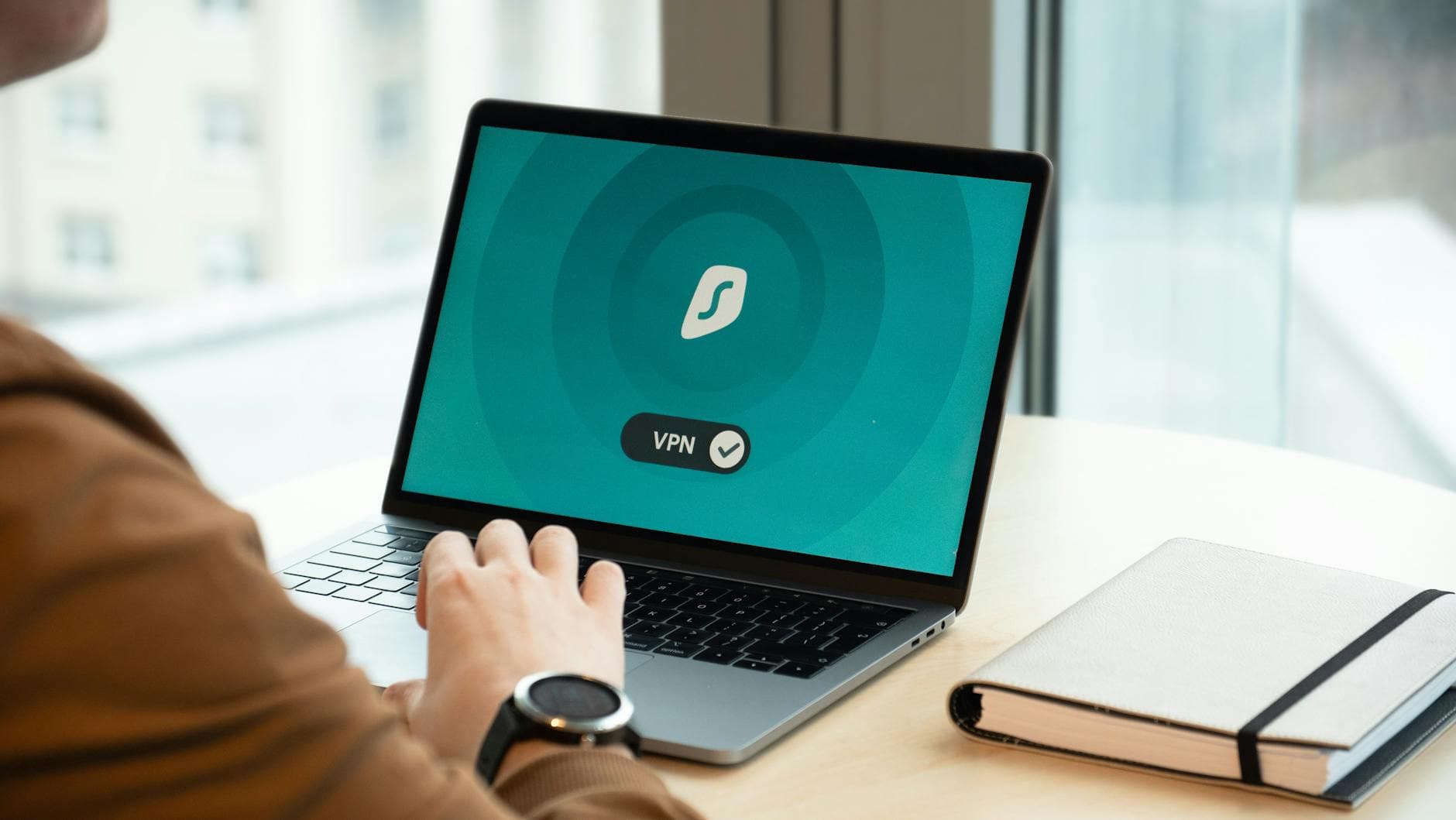What User Reviews Reveal About Cybersecurity Software

In the digital age, the question for businesses is not if they will be targeted by a cyber threat, but when. Ransomware headlines, sprawling phishing campaigns, and the shadowy world of zero-day exploits have become part of our shared lexicon. Against this backdrop, discerning the best ways to defend a business's data and operations is neither simple nor static. Emerging security software is evolving at a breakneck pace, but so too are the tactics of those who seek to breach them.
For the countless organizations that lack the luxury of a dedicated cybersecurity team, the process of selecting the right defense tool is a critical first line of digital resilience. Glossy vendor brochures and persuasive demo videos offer one perspective. Yet, in the cacophony of marketing, genuine insight frequently emerges from a subtler chorus: the aggregate voices of users who rely on this software daily and bear witness to both its strengths and its shortcomings.
User reviews, often found on third-party platforms or trusted forums, are rapidly becoming an indispensable part of the decision-making process. But what exactly do these reviews reveal about cybersecurity software and, more importantly, what lessons can businesses glean as they wade through this sea of advice and experience?
At their best, user reviews provide a candid, ground-level perspective. They skip the hyperbolic promises and zero in on lived experience: Does the software really detect threats without slowing productivity to a crawl? How responsive is the vendor when a novel attack is discovered? Can non-specialist employees navigate its interface confidently, and does it integrate seamlessly with existing tech stacks? These are practical questions, too nuanced and variable for any single lab-based test or vendor-provided metric to answer.
Consider endpoint protection, perhaps the most relatable category of security software. Businesses routinely turn to platforms like CrowdStrike, Sophos, or SentinelOne in hopes of repelling everything from malware to insider threats. Surprisingly, user reviews often highlight tradeoffs invisible in feature lists. Some tools deliver outstanding real-time protection but may introduce significant system overhead, frustrating employees whose devices suddenly lag. Others win praise for their simplicity and low false-positive rates, but draw ire due to complicated licensing and opaque billing practices.
One recurring theme in user feedback across product categories is the tension between security and usability. A system that fortifies every digital entry point but requires constant manual intervention can be self-defeating. Employees grow frustrated with too many alerts and begin ignoring them, the digital equivalent of continually disabling a smoke alarm. The solution, as several reviewers describe, is not just more intelligent threat detection, but smarter threat prioritization. Users appreciate solutions that contextually triage risks rather than inundate administrators with noise. Here, software design and machine learning advances are beginning to make a difference, as platforms learn an organization’s unique activity patterns and flag only the anomalies that truly warrant investigation.
Integration is another dimension that looms large in user assessments. Every business relies on a constellation of systems, email, collaboration tools, operating systems, cloud storage, and so forth. Security software that cannot play nicely across this ecosystem often elicits disappointment and, worse, can create dangerous blind spots. Savvy reviewers now pay close attention to implementation friction, frequency of false alarms across integrated apps, and how well a tool adapts as business tech evolves. Feedback from real-world deployments uncovers situations where, for instance, a backup solution might conflict with endpoint protections, rendering automated restores unreliable. This kind of peer insight remains largely absent from even the most exhaustive feature comparison charts.
Amid these practical considerations, cultural and regulatory factors are also reflected in user comments. Larger companies, particularly those in heavily regulated sectors like finance and healthcare, are laser-focused on compliance features, the ability of software to generate thorough audit trails, manage privileged access, and assist with rapid regulatory reporting. Small and midsize enterprises, however, often prioritize affordability, deployment speed, and low training overhead. This divide is apparent in the types of grievances and praise voiced in reviews. A tool that earns top marks from a Fortune 500 security analyst may prove dauntingly complex for a ten-person marketing firm. User reviews thus expose not just product strengths and weaknesses, but the widening gap between enterprise and SMB market needs.
Trends in review sentiment also cast light on evolving threats and expectations. Over the past two years, themes like remote work readiness and cloud-native integration have dominated software reviews, reflecting the pandemic-driven shift in working habits. With sensitive data now scattered across multiple environments, reviewers are placing a premium on software that extends protection well beyond the office perimeter, into home offices and far-flung devices. Many applications that once sufficed with on-premise controls are now being judged on their ability to secure public cloud infrastructure and handle bring-your-own-device scenarios.
Yet, user reviews are no panacea. Their value is bounded by the honesty and context of the participants. Angry outliers or suspiciously glowing reports abound, meaning that discernment is required. Overreliance on short-term frustrations or isolated bug reports can skew perception; the savviest users look for recurring themes and nuanced discussion. Aggregated scores matter less than the texture of commentary: a pattern of complaints about slow support response is more telling than a single rating.
So, what should a business take away from this evolving world of peer-driven cybersecurity recommendations? First, user reviews are not just about product endorsement or criticism. They are a rich source of lessons about the real-world challenges that organizations face in their security journeys. Combing through them can reveal how best to balance security with simplicity, where integration pain points are likely to surface, and which vendors demonstrate commitment to ongoing support and improvement.
Secondly, the collective findings of real users prompt vendors toward greater transparency. As software makers respond to widely shared pain points, whether clunky interfaces or costly upgrades, the market as a whole becomes more responsive to business needs. The humble user review, in aggregate, has become a quiet force for higher standards.
Finally, reviews offer a peer-driven reality check. In a field shaped by technical change, regulatory flux, and resource limitations, there is wisdom in the crowd. No single product will eliminate all cyber risk. But by tapping into the collective intelligence of those on the front lines, businesses stand a far better chance of making informed, resilient, and cost-effective choices. In the fight to protect your company against escalating threats, that knowledge may prove just as important as any next-generation algorithm.


